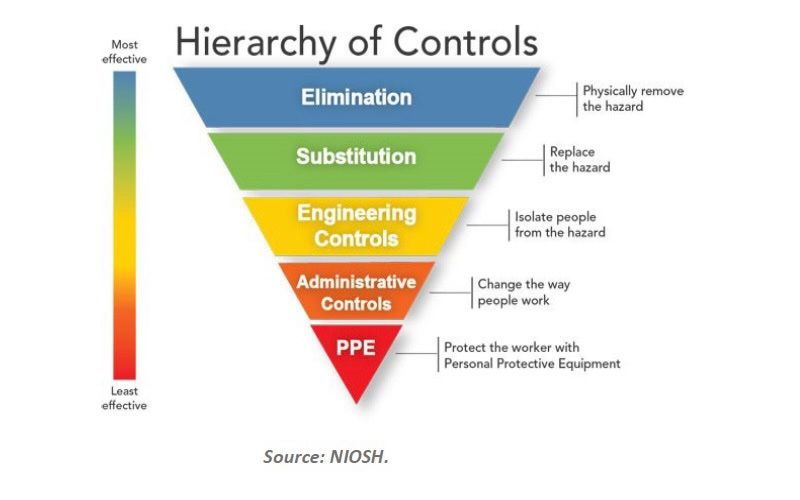Development and deployment of smart-grid technology such as intelligent electric meters has outpaced security, setting up a “delicate dance with risk,” said the head of the industry advisory group EnergySec.

“We’re not going to stop the roll-out of the technology, so what do we do when things go wrong?” said EnergySec Chief Executive Patrick Miller. “We’ve got to try to find ways to implement new options in measurement and repair,” that will allow rapid response to failures and breaches.
Miller said installation of equipment already is under way and slowing down to wait for security to catch up is not an option.
“The hackers will outpace that technology,” he said. But risk must undergo intelligent management. “Hope is not a strategy. You should go into this knowing the risks,” and with plans to mitigate and respond to it.
Miller made his comments in the wake of a survey of energy industry security professionals in which large majorities of respondents said that security controls and standards are not keeping pace with the rollout of new equipment.
The Energy Sector Security Consortium (EnergySec) is a non-profit forum for the exchange of security information among asset owners, industry partners and the U.S. government.
The National Institute of Standards and Technology (NIST) has been charged in the Energy Independence and Security Act of 2007 with identifying and developing the technical standards needed to ensure utilities, manufacturers, equipment testers and regulators will be working on the same page.
The agency recently released an updated version of its Framework and Roadmap for Smart Grid Interoperability that identifies technical standards for interoperability, and also is identifying security standards for the industry.
But standards development is a slow process, and 75 percent of the 104 respondents in the survey, done in partnership with the security company nCircle, said no one has adequately addressed security in smart-grid deployment. Seventy-two percent said development of security standards are not keeping pace with deployment and another 61 percent said that security controls on current smart meters are not adequate.
Although a majority of respondents — 53 percent — said there was too much hype on security issues, 70 percent said smart meters and the metering infrastructure, including transport networks, are the most vulnerable to cyber attacks.
Developing standards for the grid took on urgency in 2009 when $4.5 billion became available through the Energy Department in the American Recovery and Reinvestment Act for the development of smart-grid technologies, to modernize existing infrastructure and fund demonstration and deployment programs.
NIST developed a three-phase plan to accelerate the identification of existing standards applicable to the smart grid; establish a Smart Grid Interoperability Panel (SGIP) of government, standards organizations and industry group for the development of the many additional standards needed; and to create a conformity testing and certification infrastructure.
Miller does not fault NIST’s performance.
“The standards-making process is intentionally slow,” he said. “NIST is probably working as fast as NIST could.” But because new networked equipment already is being installed in the energy infrastructure, “somebody is going to have to swallow the reality that innovation will outpace standardization.”



